California Slip and Fall for Plaintiffs - Legal Case Assistance

Welcome to California Slip and Fall for Plaintiffs, your guide to navigating slip and fall litigation.
AI-powered Legal Insights
Describe a typical slip and fall case scenario in California.
What are the common legal considerations in California slip and fall cases?
List the key elements needed to prove liability in a slip and fall case.
Explain the process of filing a lawsuit for a slip and fall incident in California.
Get Embed Code
Overview of California Slip and Fall for Plaintiffs
California Slip and Fall for Plaintiffs is designed to support legal professionals and individuals involved in slip and fall cases in California. This specialized tool provides detailed guidance on drafting legal documents, formulating discovery questions, and planning litigation strategies tailored to the unique requirements of slip and fall claims under California law. For example, in a scenario where an individual suffers a fall due to an unmarked wet floor in a supermarket, this tool can guide in drafting the complaint, suggest specific discovery requests to the supermarket management, and help plan the litigation strategy focusing on premises liability. Powered by ChatGPT-4o。

Key Functions and Applications
Drafting Legal Documents
Example
Drafting a complaint or motion for summary judgment.
Scenario
For instance, if a plaintiff slipped in a shopping mall due to poorly maintained flooring, the tool can assist in drafting a complaint that specifies the factual and legal grounds for the claim, including the alleged negligence and the damages sought.
Formulating Discovery Questions
Example
Creating interrogatories and requests for production.
Scenario
Consider a case where a plaintiff fell in a parking lot. The tool can help formulate discovery questions aimed at uncovering maintenance records, surveillance footage, and prior accident reports, which are crucial for establishing negligence.
Litigation Planning
Example
Strategizing the presentation of evidence and witness examination.
Scenario
In scenarios involving complex liability issues, such as a fall on a construction site with multiple potential defendants, the tool advises on litigation strategies, including how to sequence witness testimonies and present evidence effectively to establish liability.
Target User Groups
Legal Professionals
Attorneys and law firms specializing in personal injury and premises liability cases. They benefit from streamlined document drafting, precise legal strategy formulation, and tailored discovery management.
Pro Se Litigants
Individuals representing themselves in personal injury cases. This group benefits from accessible, professional guidance on legal procedures and documentation, reducing the complexity of self-representation.
Legal Educators and Students
Academic professionals and students studying tort law or involved in clinical legal education. They utilize this tool to understand and simulate real-world application of legal theories in slip and fall cases.

How to Use California Slip and Fall for Plaintiffs
Begin Your Free Trial
Start by visiting yeschat.ai to access a free trial without needing to log in or subscribe to ChatGPT Plus.
Identify Your Case Needs
Determine the specific aspects of your slip and fall case that require assistance, such as drafting discovery questions, planning litigation strategy, or preparing legal documents.
Interact with the AI
Engage with the tool by asking specific, detailed questions or presenting scenarios related to your case to receive tailored legal suggestions and guidance.
Review Responses
Carefully review the provided responses for accuracy and relevancy to your case. Utilize the information to refine your legal strategy or documents.
Apply Insights
Apply the insights and information obtained from the AI tool in your actual legal proceedings, ensuring compliance with local laws and regulations.
Try other advanced and practical GPTs
Legal Adviser for authors
AI-Powered Legal Guidance for Authors
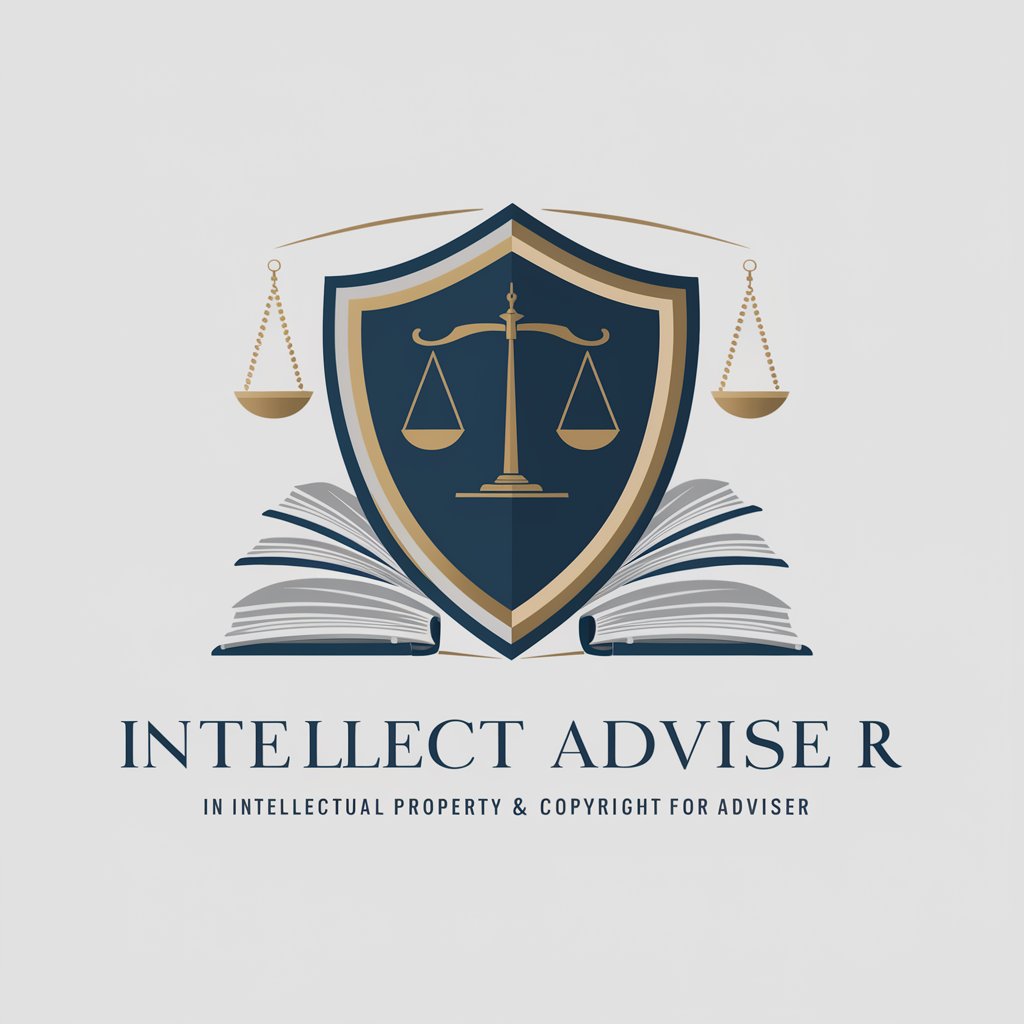
Class Action Navigator
Empowering Legal Action with AI
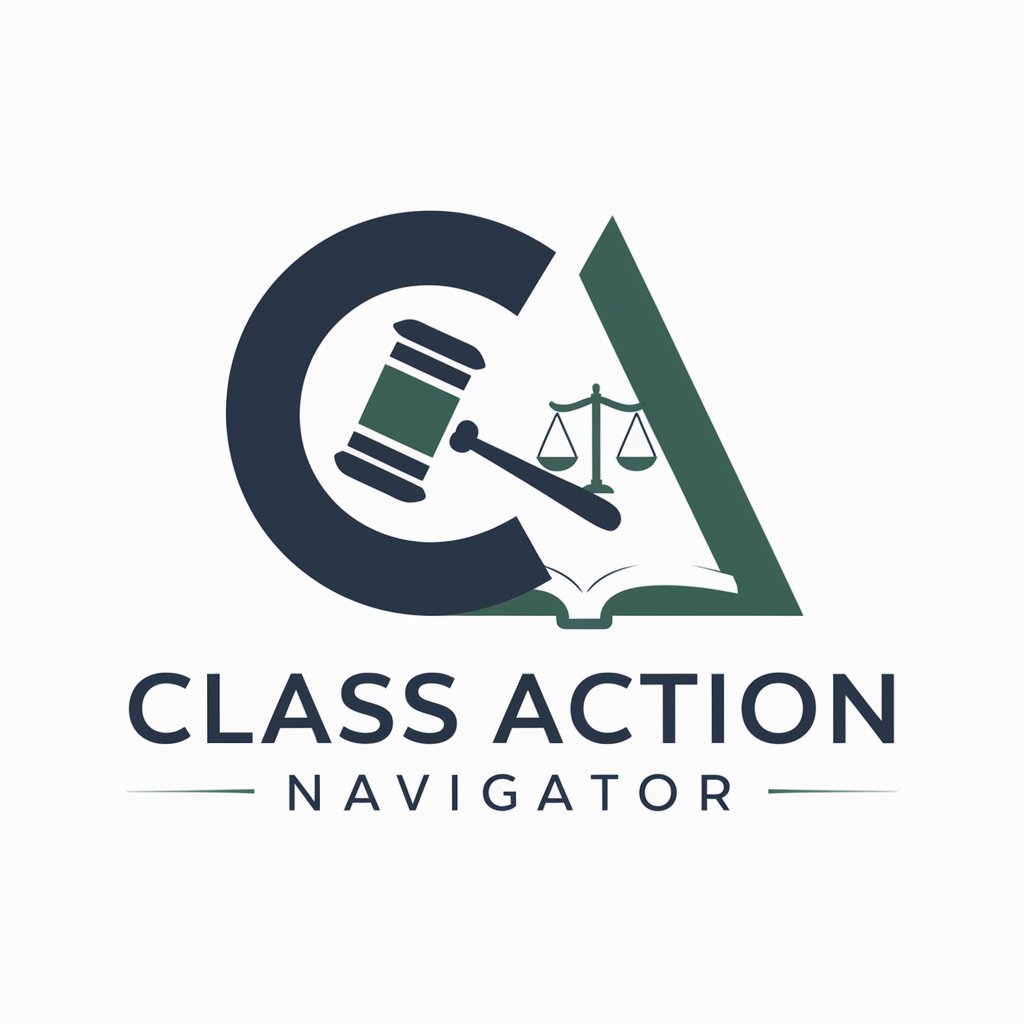
Legal Calc Assistant
AI-Powered Brazilian Labor Claim Calculator
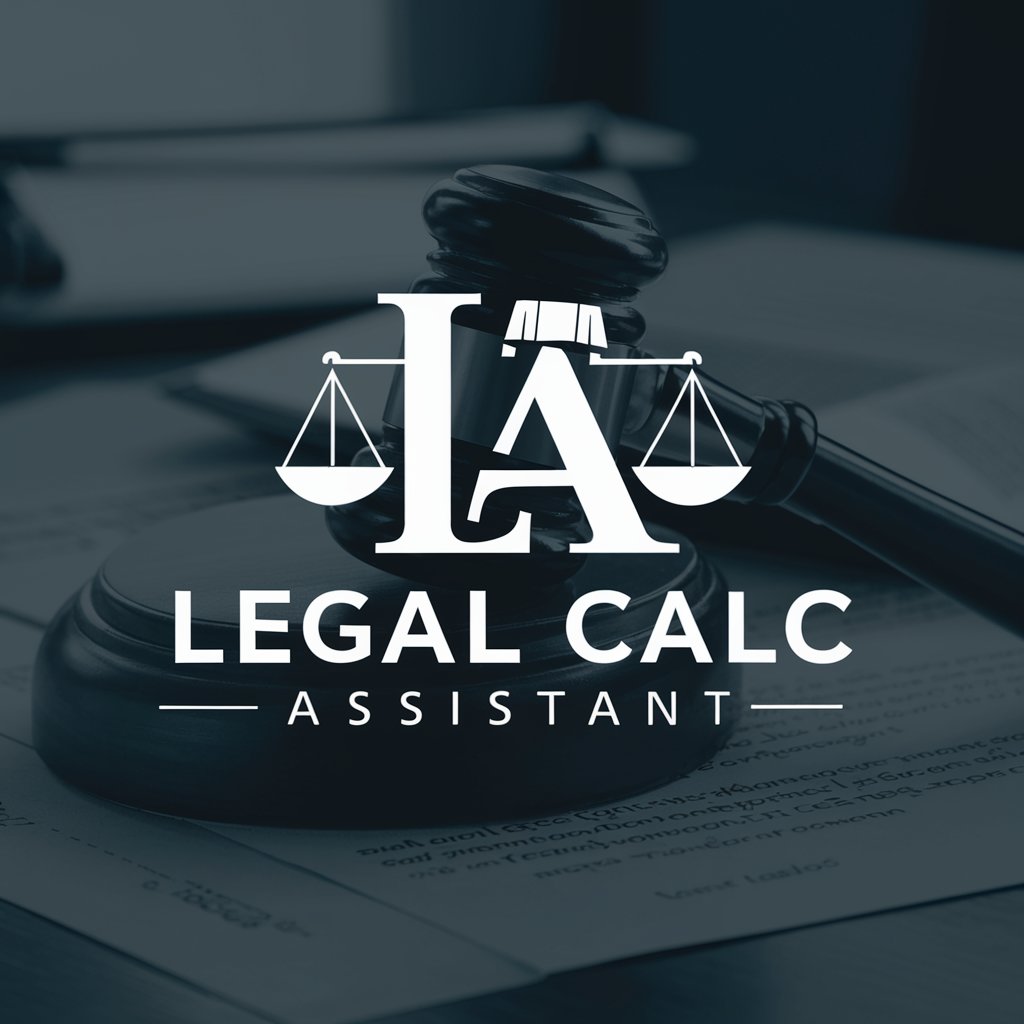
Legal Guide Job Resignations
Navigate job resignations with AI-driven legal insights
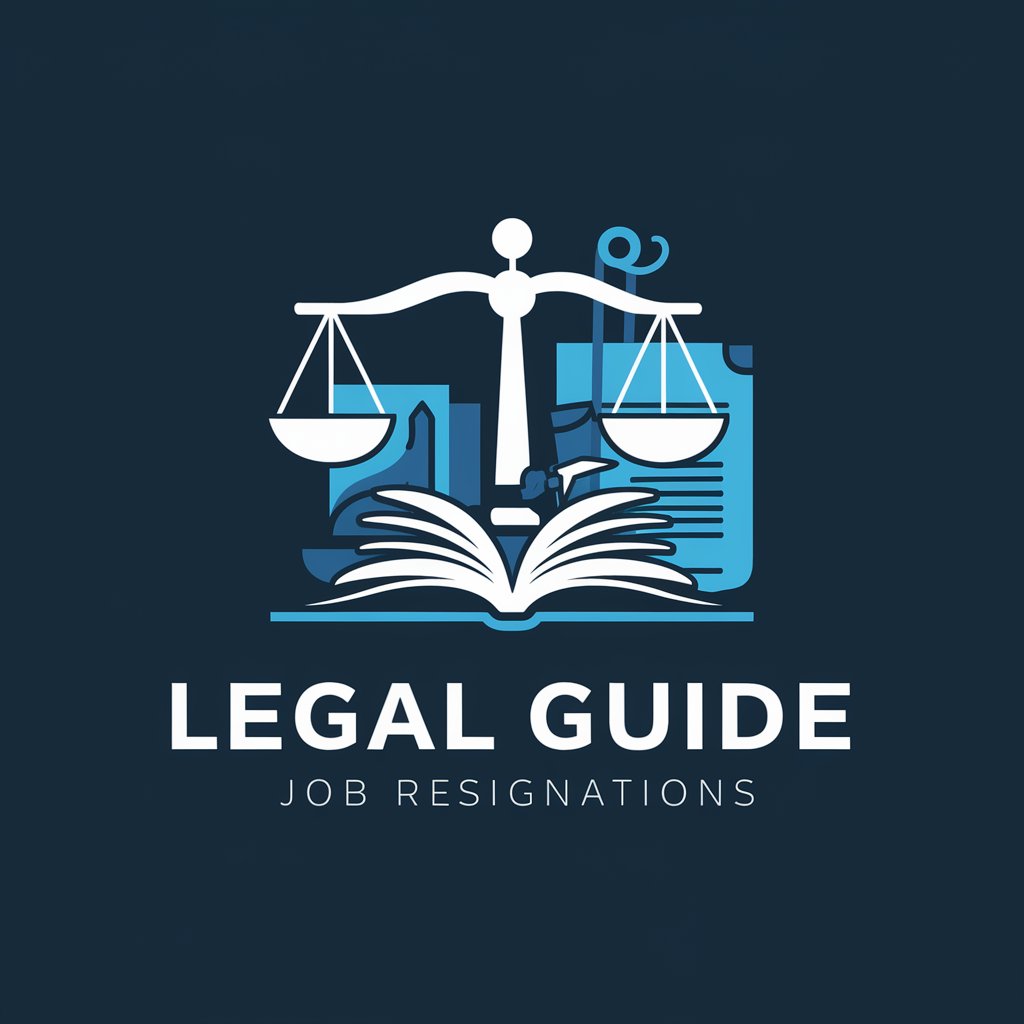
Copyright Court GPT
Decoding music copyright disputes with AI

Class Action Navigator
Navigate class actions with AI precision.
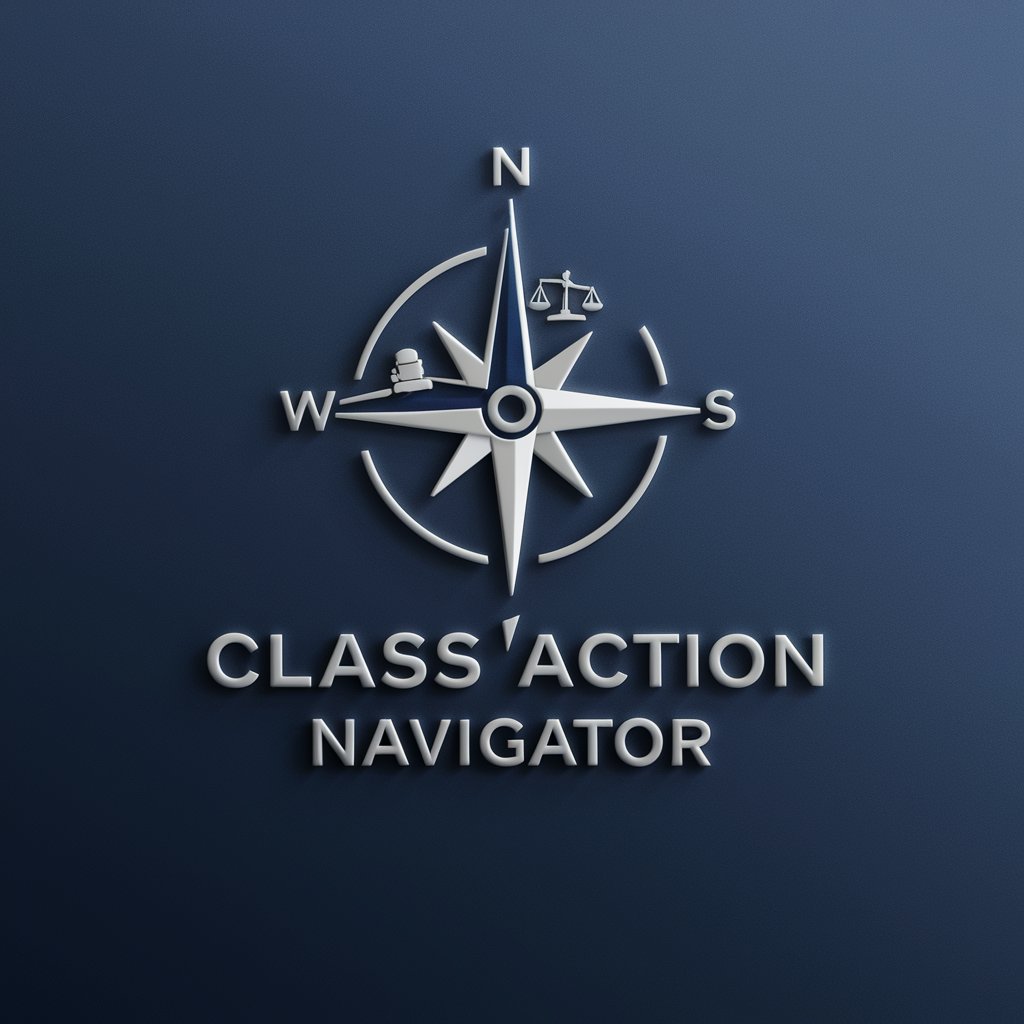
Exam Ace-tabulator
Master English exams with AI-powered study lists.
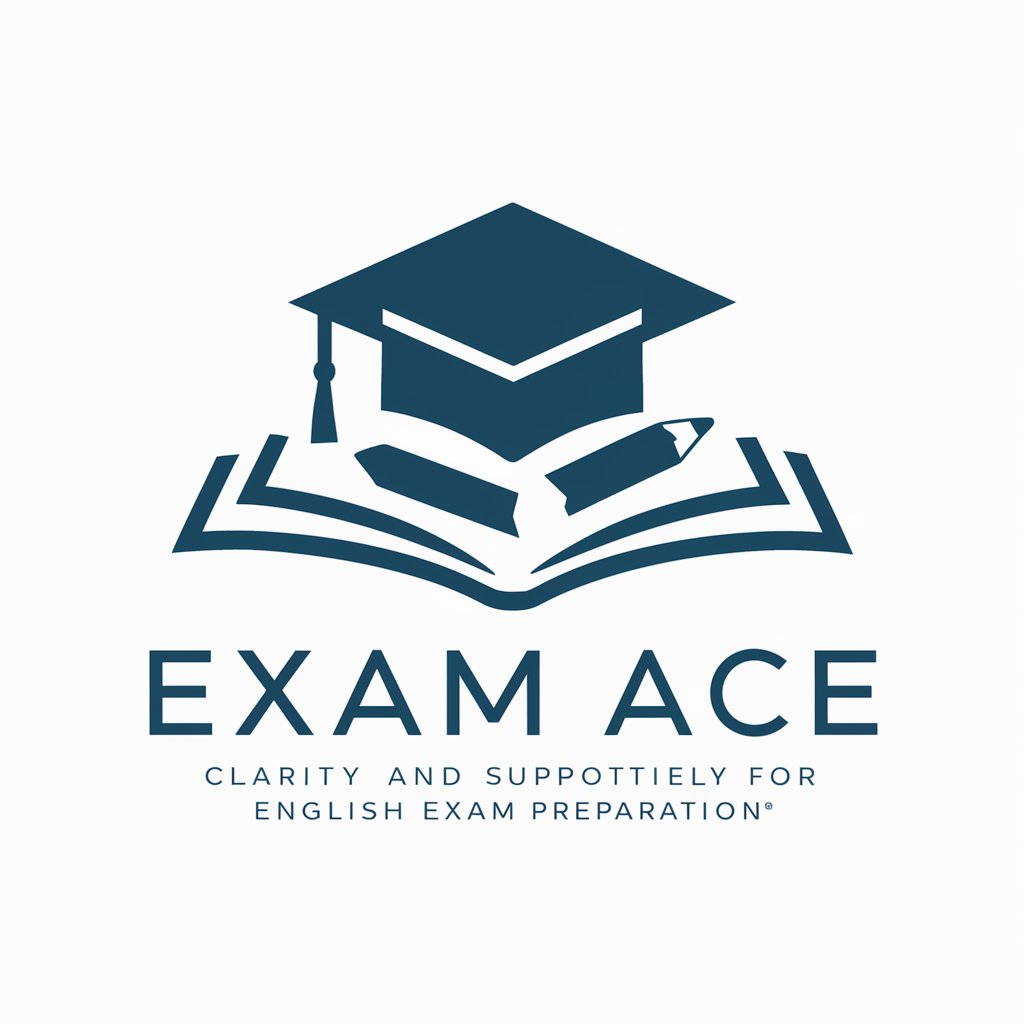
MagnottAI
Mastering Prank Calls with AI
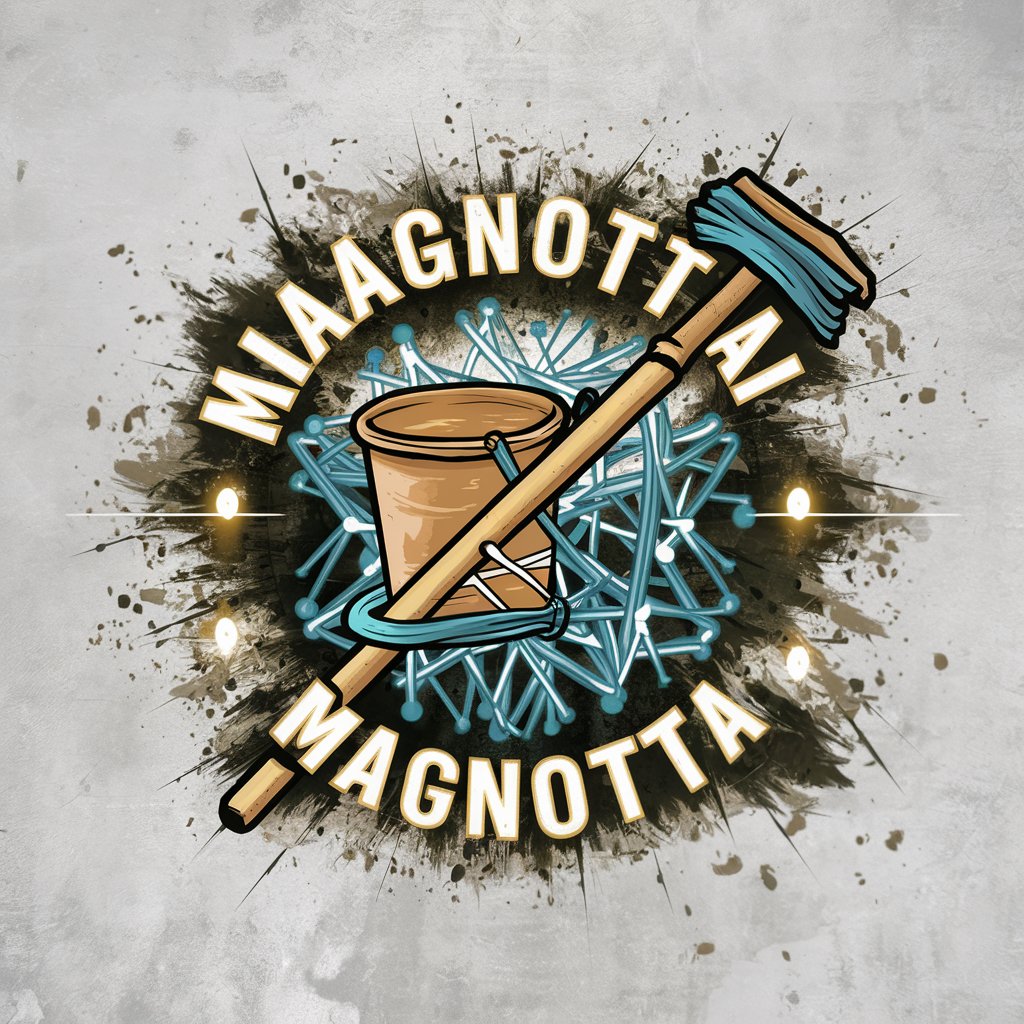
RistoBrandMaster
Craft Your Restaurant's Signature Brand

HTML5 Offline Magic: Web Apps Anywhere
Seamless offline web app experiences.
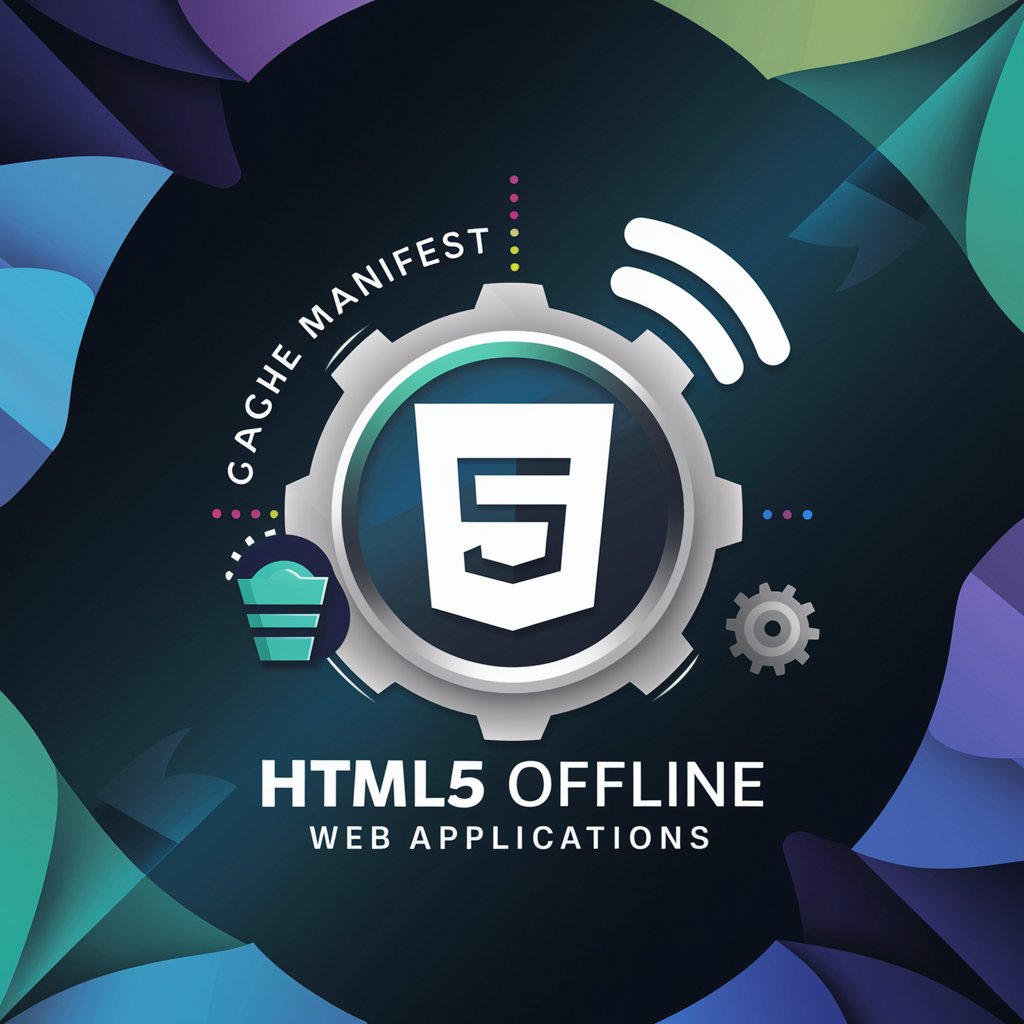
Remote Worker's Guide to GDPR
Navigating GDPR with AI Expertise
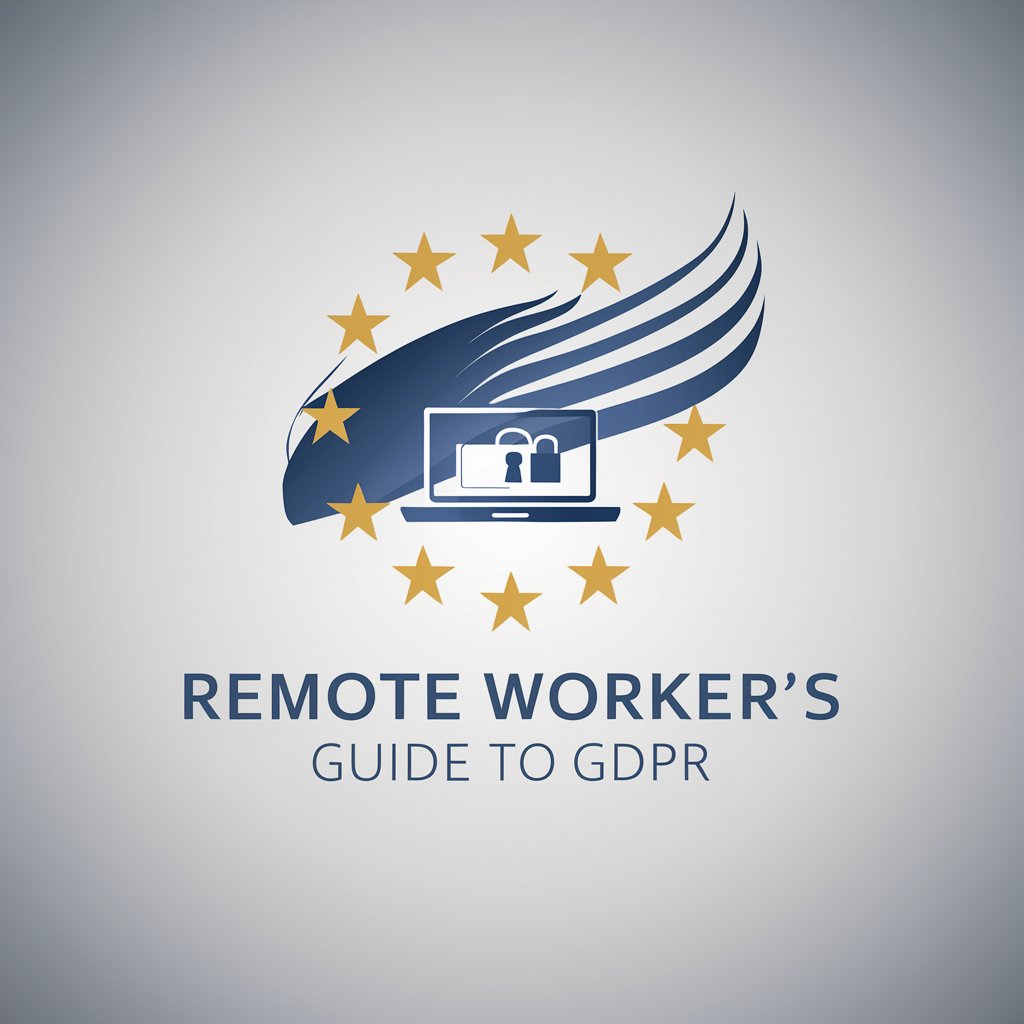
Adventure Anywhere
Empower Your Storytelling with AI

Frequently Asked Questions about California Slip and Fall for Plaintiffs
What legal information can California Slip and Fall for Plaintiffs provide?
This tool can offer guidance on legal standards, case law, and procedural steps relevant to slip and fall claims in California, helping to prepare effective legal arguments and documents.
How can this tool assist in drafting discovery documents?
It can generate specific discovery questions, help frame requests for admission, and suggest document requests that are particularly relevant to proving negligence in a slip and fall case.
Can this AI provide case-specific advice?
While it can provide tailored responses based on presented scenarios, it does not replace personalized legal counsel and should be used as a preliminary resource.
What are the limitations of using an AI for legal assistance?
The AI does not represent clients in court, cannot interpret nuances of live testimony, and may not be updated with the very latest legal precedents or changes in law.
How does the AI maintain user confidentiality?
The AI does not retain or share any personal or case-specific information entered during interactions, ensuring confidentiality in all communications.
